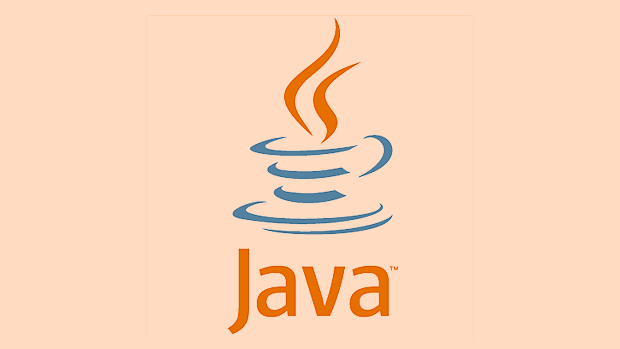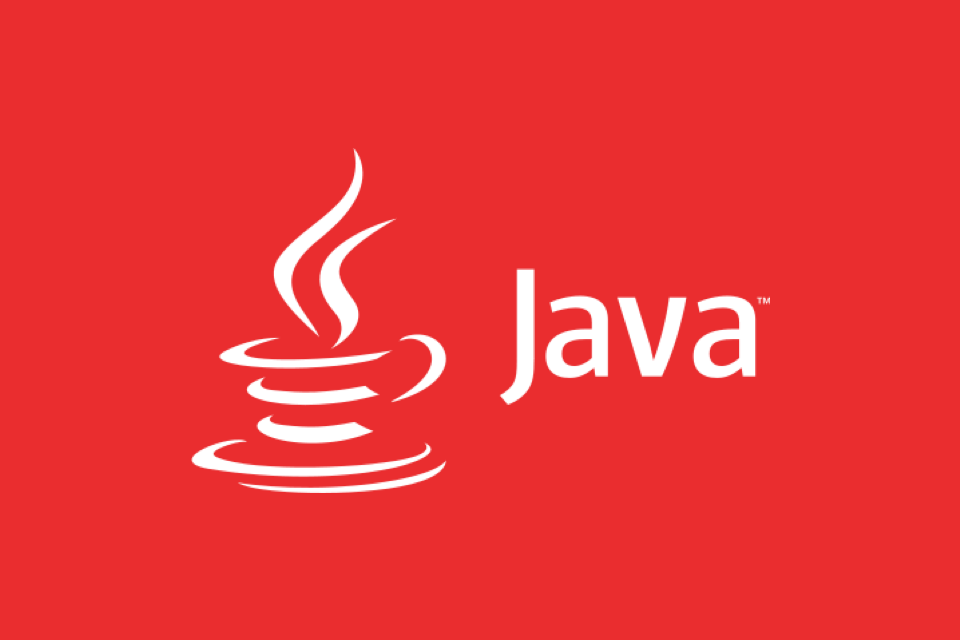Understanding Garbage Collection in the Java Virtual Machine
Jul 25, 2025 am 02:43 AMGarbage collection (GC) of JVM automatically manages memory through the tag-cleaning algorithm, marks accessible objects in the tag stage, recycles unreachable objects in the clear stage, and organizes memory fragments in the optional compression stage; 2. Based on the generational hypothesis, the heap is divided into young generations (Eden and two Survivor areas, frequently performs fast Minor GC) and old generations (storing long-life-cycle objects, and less time-consuming Major GC), as well as Metaspace for storing class metadata; 3. Modern commonly used GCs include G1 (balanced pause and throughput, suitable for most scenarios), ZGC (extremely low pause, suitable for large heaps), Shenandoah (low pause and multi-core optimization), Parallel GC (throughput priority) and Serial GC (small application); 4. The GC triggering time is full, there is still no sufficient allocation space after calling System.gc() prompt or Minor GC; 5. It is recommended to use -XX: UseG1GC, reasonably set -Xms and -Xmx, and the monitoring tool to troubleshoot frequent Full GC problems, but it cannot force GC and finalize() is deprecated. You should use Cleaner or try-with-resources to end.

Garbage Collection (GC) in the Java Virtual Machine (JVM) is a form of automatic memory management that reclaims memory occurred by objects no longer in use by the application. Instead of requiring developers to manually deallocate memory (like in C or C ), Java handles this behind the scenes — reducing memory leaks and dangling pointer bugs.

How Garbage Collection Works
The JVM uses a mark-and-sweep algorithm (with many modern variations) to identify and remove unused objects:
- Mark Phase : The GC traverses the object graph starting from "root" references (like static fields, local variables on the stack, etc.) and marks all objects that are still reachable.
- Sweep Phase : Unmarked objects are considered garbage and their memory is reclaimed.
- Compact Phase (optional): To reduce memory fragmentation, live objects may be moved together so that free space is continuous.
General Hypothesis
The JVM divides the heap into generations based on the observation that most objects die young:

- Young Generation – where new objects start.
- Divided into Eden space and two Survivor spaces (S0 and S1).
- Minor GC runs here frequently and is usually fast.
- Old (Tenured) Generation – long-lived objects are promoted here.
- Major GC (or Full GC) occurs less often but take longer.
- Metaspace (replaced PermGen in Java 8) – holds class metadata, not object instances.
This design makes GC more efficient: young objects are collected quickly, while older ones are checked less often.
Common Garbage Collectors in Modern JVMs
| Collector | Best For | Key Traits |
|---|---|---|
| G1 (Garbage-First) | Balanced pause times & throughput | Predictable pauses, divides heap into regions |
| ZGC | Very low pause times ( | Scalable, concurrent, for large heaps |
| Shenandoah | Low pause times, multi-core | Concurrent compaction, minimizes stop-the-world |
| Parallel GC | Throughput-focused apps | Multi-threaded, stops the world during GC |
| Serial GC | Small apps or single-core systems | Simple, single-threaded, minimum overhead |
When Does GC Run?
- When the heap is full or nearly full.
- When calling
System.gc()(but this is just a hint — JVM may ignore it). - During allocation if no space is available after a minor GC.
Tuning GC (Quick Tips)
- Use
-XX: UseG1GCfor most modern applications. - Monitor with tools like
jstat,jconsole, or VisualVM. - Watch for frequent Full GCs — they often indicate memory leaks or undersized heap.
- Set heap size appropriately:
-Xms(initial) and-Xmx(max).
What You Can't Control (But Should Know)
- You can't force GC — only suggest it.
- Finalizers (
finalize()) are deprecated; preferCleaneror try-with-resources. - GC behavior varies between JVM versions and vendors (OpenJDK, Oracle, Azul, etc.).
Understanding GC helps you write better Java code — not by avoiding it, but by writing in a way that plays nicely with it: minimize object churn, reuse where possible, and profile under real-world loads.

Basically, GC is your silent partner in memory safety — know how it works, and it'll work better for you.
The above is the detailed content of Understanding Garbage Collection in the Java Virtual Machine. For more information, please follow other related articles on the PHP Chinese website!

Hot AI Tools

Undress AI Tool
Undress images for free

Undresser.AI Undress
AI-powered app for creating realistic nude photos

AI Clothes Remover
Online AI tool for removing clothes from photos.

Clothoff.io
AI clothes remover

Video Face Swap
Swap faces in any video effortlessly with our completely free AI face swap tool!

Hot Article

Hot Tools

Notepad++7.3.1
Easy-to-use and free code editor

SublimeText3 Chinese version
Chinese version, very easy to use

Zend Studio 13.0.1
Powerful PHP integrated development environment

Dreamweaver CS6
Visual web development tools

SublimeText3 Mac version
God-level code editing software (SublimeText3)
 Asynchronous Programming Techniques in Modern Java
Jul 07, 2025 am 02:24 AM
Asynchronous Programming Techniques in Modern Java
Jul 07, 2025 am 02:24 AM
Java supports asynchronous programming including the use of CompletableFuture, responsive streams (such as ProjectReactor), and virtual threads in Java19. 1.CompletableFuture improves code readability and maintenance through chain calls, and supports task orchestration and exception handling; 2. ProjectReactor provides Mono and Flux types to implement responsive programming, with backpressure mechanism and rich operators; 3. Virtual threads reduce concurrency costs, are suitable for I/O-intensive tasks, and are lighter and easier to expand than traditional platform threads. Each method has applicable scenarios, and appropriate tools should be selected according to your needs and mixed models should be avoided to maintain simplicity
 Best Practices for Using Enums in Java
Jul 07, 2025 am 02:35 AM
Best Practices for Using Enums in Java
Jul 07, 2025 am 02:35 AM
In Java, enums are suitable for representing fixed constant sets. Best practices include: 1. Use enum to represent fixed state or options to improve type safety and readability; 2. Add properties and methods to enums to enhance flexibility, such as defining fields, constructors, helper methods, etc.; 3. Use EnumMap and EnumSet to improve performance and type safety because they are more efficient based on arrays; 4. Avoid abuse of enums, such as dynamic values, frequent changes or complex logic scenarios, which should be replaced by other methods. Correct use of enum can improve code quality and reduce errors, but you need to pay attention to its applicable boundaries.
 Understanding Java NIO and Its Advantages
Jul 08, 2025 am 02:55 AM
Understanding Java NIO and Its Advantages
Jul 08, 2025 am 02:55 AM
JavaNIO is a new IOAPI introduced by Java 1.4. 1) is aimed at buffers and channels, 2) contains Buffer, Channel and Selector core components, 3) supports non-blocking mode, and 4) handles concurrent connections more efficiently than traditional IO. Its advantages are reflected in: 1) Non-blocking IO reduces thread overhead, 2) Buffer improves data transmission efficiency, 3) Selector realizes multiplexing, and 4) Memory mapping speeds up file reading and writing. Note when using: 1) The flip/clear operation of the Buffer is easy to be confused, 2) Incomplete data needs to be processed manually without blocking, 3) Selector registration must be canceled in time, 4) NIO is not suitable for all scenarios.
 How Java ClassLoaders Work Internally
Jul 06, 2025 am 02:53 AM
How Java ClassLoaders Work Internally
Jul 06, 2025 am 02:53 AM
Java's class loading mechanism is implemented through ClassLoader, and its core workflow is divided into three stages: loading, linking and initialization. During the loading phase, ClassLoader dynamically reads the bytecode of the class and creates Class objects; links include verifying the correctness of the class, allocating memory to static variables, and parsing symbol references; initialization performs static code blocks and static variable assignments. Class loading adopts the parent delegation model, and prioritizes the parent class loader to find classes, and try Bootstrap, Extension, and ApplicationClassLoader in turn to ensure that the core class library is safe and avoids duplicate loading. Developers can customize ClassLoader, such as URLClassL
 Handling Common Java Exceptions Effectively
Jul 05, 2025 am 02:35 AM
Handling Common Java Exceptions Effectively
Jul 05, 2025 am 02:35 AM
The key to Java exception handling is to distinguish between checked and unchecked exceptions and use try-catch, finally and logging reasonably. 1. Checked exceptions such as IOException need to be forced to handle, which is suitable for expected external problems; 2. Unchecked exceptions such as NullPointerException are usually caused by program logic errors and are runtime errors; 3. When catching exceptions, they should be specific and clear to avoid general capture of Exception; 4. It is recommended to use try-with-resources to automatically close resources to reduce manual cleaning of code; 5. In exception handling, detailed information should be recorded in combination with log frameworks to facilitate later
 How does a HashMap work internally in Java?
Jul 15, 2025 am 03:10 AM
How does a HashMap work internally in Java?
Jul 15, 2025 am 03:10 AM
HashMap implements key-value pair storage through hash tables in Java, and its core lies in quickly positioning data locations. 1. First use the hashCode() method of the key to generate a hash value and convert it into an array index through bit operations; 2. Different objects may generate the same hash value, resulting in conflicts. At this time, the node is mounted in the form of a linked list. After JDK8, the linked list is too long (default length 8) and it will be converted to a red and black tree to improve efficiency; 3. When using a custom class as a key, the equals() and hashCode() methods must be rewritten; 4. HashMap dynamically expands capacity. When the number of elements exceeds the capacity and multiplies by the load factor (default 0.75), expand and rehash; 5. HashMap is not thread-safe, and Concu should be used in multithreaded
 Explained: Java Polymorphism in Object-Oriented Programming
Jul 05, 2025 am 02:52 AM
Explained: Java Polymorphism in Object-Oriented Programming
Jul 05, 2025 am 02:52 AM
Polymorphism is one of the core features of Java object-oriented programming. Its core lies in "one interface, multiple implementations". It implements a unified interface to handle the behavior of different objects through inheritance, method rewriting and upward transformation. 1. Polymorphism allows the parent class to refer to subclass objects, and the corresponding methods are called according to the actual object during runtime; 2. The implementation needs to meet the three conditions of inheritance relationship, method rewriting and upward transformation; 3. It is often used to uniformly handle different subclass objects, collection storage and framework design; 4. When used, only the methods defined by the parent class can be called. New methods added to subclasses need to be transformed downward and accessed, and pay attention to type safety.
 Effective Use of Java Enums and Best Practices
Jul 07, 2025 am 02:43 AM
Effective Use of Java Enums and Best Practices
Jul 07, 2025 am 02:43 AM
Java enumerations not only represent constants, but can also encapsulate behavior, carry data, and implement interfaces. 1. Enumeration is a class used to define fixed instances, such as week and state, which is safer than strings or integers; 2. It can carry data and methods, such as passing values ??through constructors and providing access methods; 3. It can use switch to handle different logics, with clear structure; 4. It can implement interfaces or abstract methods to make differentiated behaviors of different enumeration values; 5. Pay attention to avoid abuse, hard-code comparison, dependence on ordinal values, and reasonably naming and serialization.






